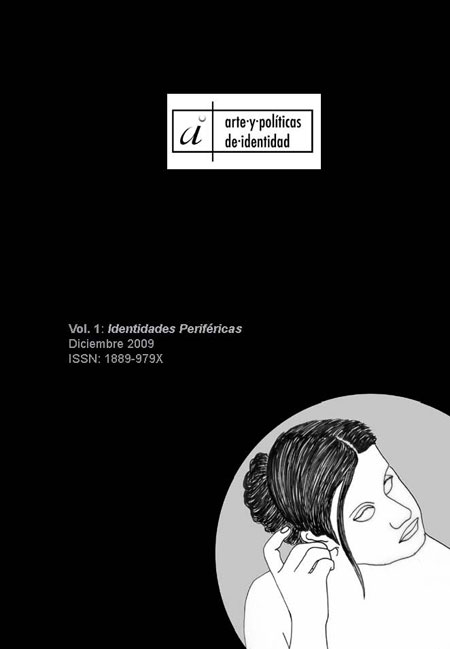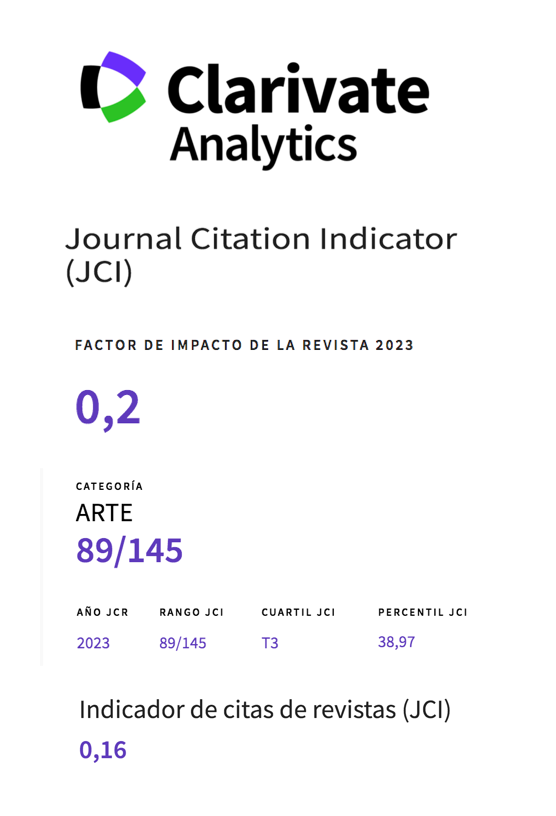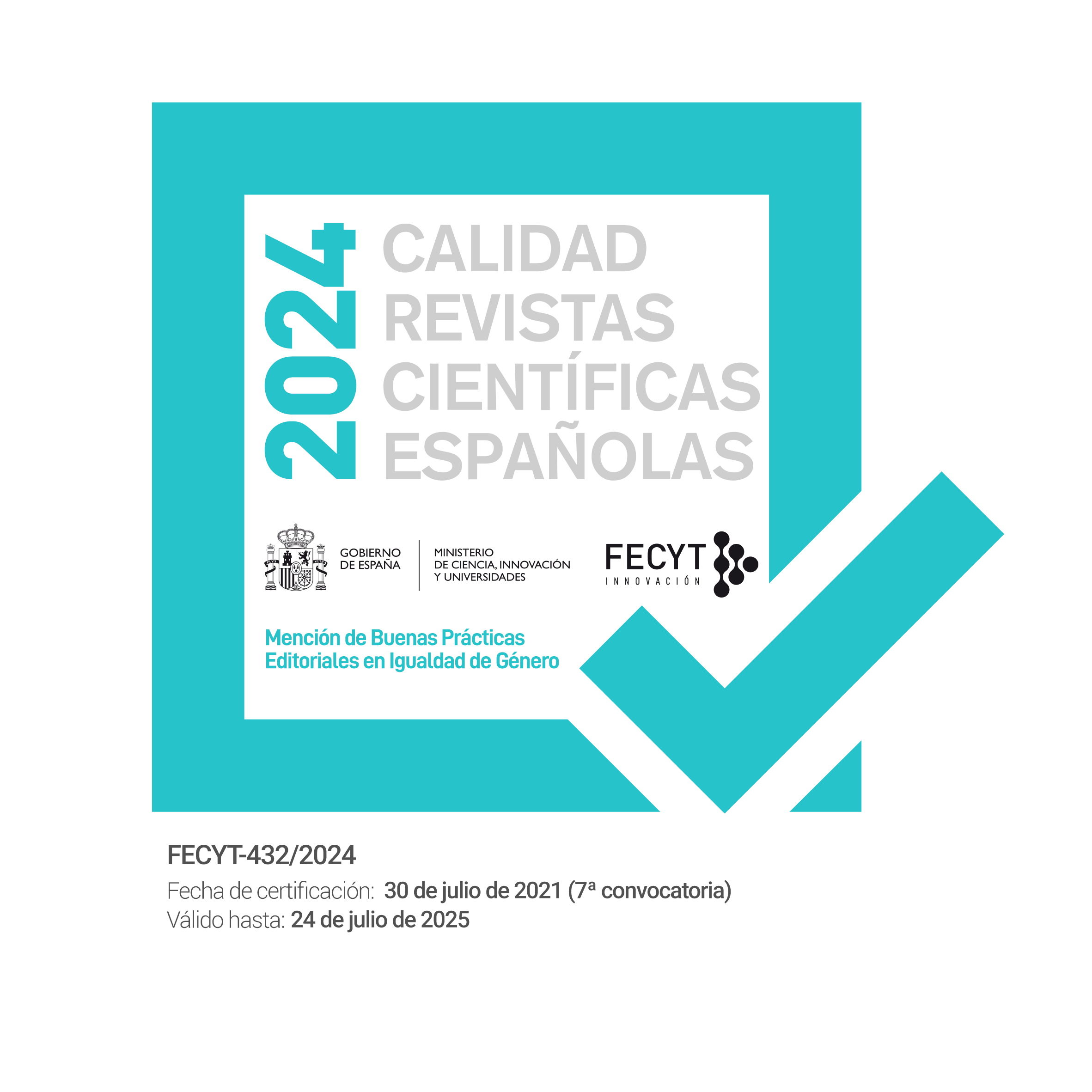La retórica ambivalente de la performance drag king: estereotipos y parodia de la masculinidad en un contexto anglosajón
Resumen
La mayoría de los estudios sobre el fenómeno drag king coinciden en señalar el componente subversivo de sus actos simplemente porque las performances de la masculinidad que realizan las drag kings desplazan la noción de masculinidad del sexo biológico varón, perturbando así el binomio “sexo/género” tradicionalmente vigente en gran parte de la investigación académica, en la cultura y en la sociedad. Aunque esta desestabilización del género se puede considerar subversiva en sí misma, mi punto de partida es que los actos performativos de las drag kings no pueden ser interpretados unívocamente como subversivos, ya que también se pueden ver como una consolidación de la masculinidad hegemónica. Esto es así debido a la inestabilidad y ambivalencia ideológica de muchas de las estrategias que utilizan, como pueden ser el uso de estereotipos, una estética camp, la drag performance o la parodia. De este modo, el presente trabajo propone que esta última interpretación se produce cuando los códigos y signos queer de las masculinidades de las drag kings fallan y no son leídos como tales. Para valorar si estas performances de la masculinidad son políticamente efectivas o no, se atenderá no sólo al contenido sino también al contexto específico en el que estas performances queer emergen.Descargas
-
Resumen1607
-
PDF1543
Citas
Butler, J. (1990). Gender Trouble. Feminism and the Subversion of Iden-tity. London, New York: Routledge.
-----------. (1993). Bodies that Matter. On the Discursive Limits of ‘Sex’. London, New York: Routledge.
Connell, R. W. (1995). Masculinities. Sydney: Allen and Unwin.
De Lauretis, T. (1994). The Practice of Love. Lesbian Sexuality and Per-verse Desire. Bloominghton and Indianapolis: Indiana U.P.
Dyer, R. (1997). White. London, New York: Routledge.
Fouz-Hernández, S. (2005). “Re-inventing the Phallus: Madonna and Female Masculinity”. En Actas del 28th Congreso de AEDEAN, Universi-dad de Valencia.http://www.liv.ac.uk/music/downloads/FJI%20research/AEDEAN_28_Proceedings.pdf
Gerestant, MilDred. (2002). D.R.E.D.: “Daring Reality Every Day”. The Path of a Multi-Spirited Haitian-American, Gender-Illusionist Wo-Man! –And Then Some! USA.
Halberstam, J. (1998). Female Masculinity. Durham, London: Duke UP.
----------------. (2005). In a Queer Time and Place. Transgender Bodies, Subcultural Lives. New York, London: New York UP.
Hall, S. (1997). Representation. Cultural Representations and Signifying Practices. London: The Open U.
Muñoz, E. J. (1999). Disidentifications. Queers of Color and the Perfor-mance of Politics. Minneapolis: U. of Minnesota P.
Neal, S. (1993). “Masculinity as Spectacle: Reflections on men and main-stream cinema”. En Steven Cohan y Ina Rae Hark (eds). Screening the Male: Exploring Masculinities in Hollywood Cinema (pp.9-20). London, New York: Routledge.
Neal, M. A. (2005). New Black Man. London, New York: Routledge.
Newton, E. (1979). Mother Camp. Female Impersonators in America.Chicago and London: The U. of Chicago P.
Robertson, W. P. (2002). “Mae West’s Maids: Race, ‘Authenticity’, and the Discourse of Camp”. En H. Jenkins, T. McPherson, y J. Shattuc (eds.). Hop on Pop. The Politics and the Pleasures of Popular Culture(pp. 287-299). Durham and London: Duke UP.
Sontag, S. (1966). Against Interpretation and Other Essays. New York: Dell.Troka, Donna, Kathleen Lebesco and Jean Noble (eds.). (2002). The Drag King Anthology. New York, London, Oxford: The Haworth Press.
Volcano, D. and Halberstam, J. (1999). The Drag King Book. London: Serpent’s Tail.
Works published in this journal are subject to the following terms:
- The Service of Publications from the University of Murcia (publishing house) keeps the published works’ copyrights, and favors and allows the reuse of these works under the license indicated in point 2.
- Works are published in the journal’s online edition under the license Creative Commons Reconocimiento-NoComercial-SinObraDerivada 3.0 España(texto legal). They can be copied, used, disseminated, transmitted and publicly exhibited, as long as: i) the author and original source of publication are cited (journal, publishing house and work’s URL); ii) they are not used for commercial purposes; iii) the existence and specifications of this license are mentioned.
3. Conditions for auto-file. It is allowed and encouraged that authors share electronically their pre-print version (the pre-reviewed version) and /or post-print version (the reviewed and accepted version) of their Works before the publication, since it promotes its circulation and dissemination. RoMEO color: green.










